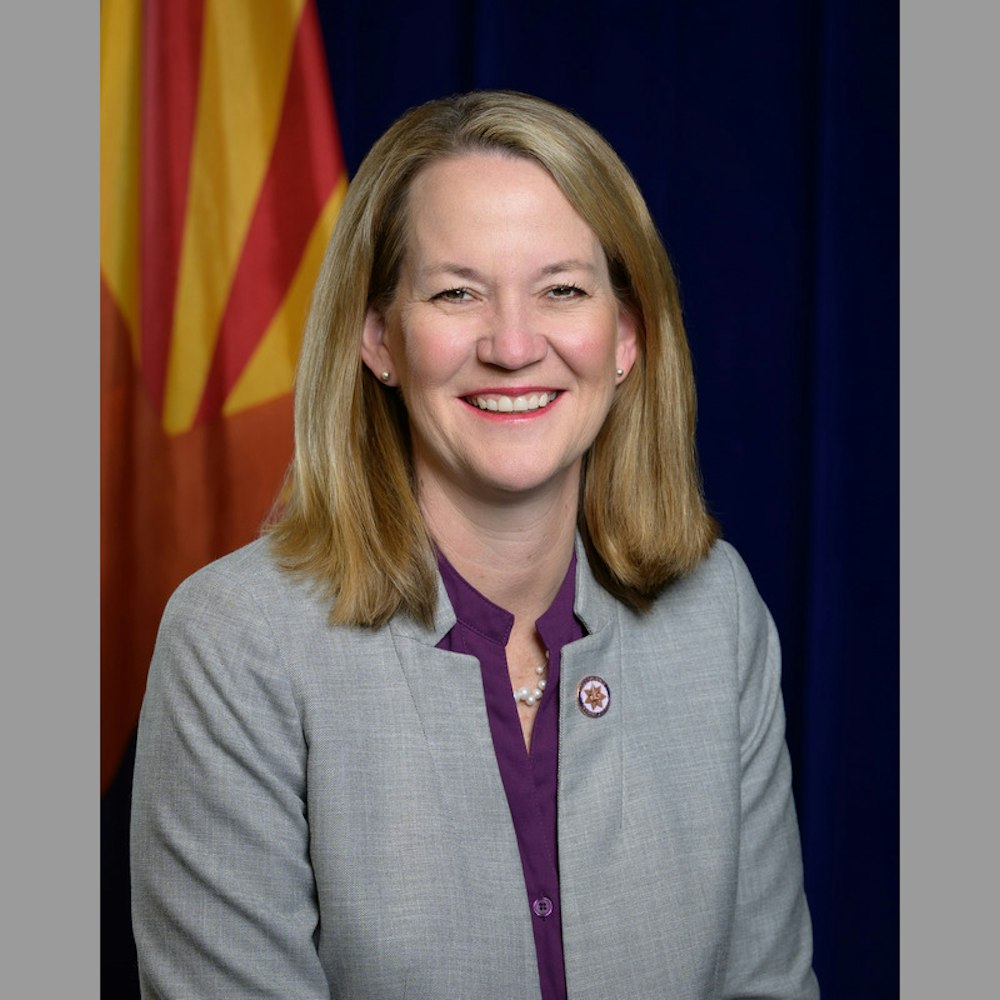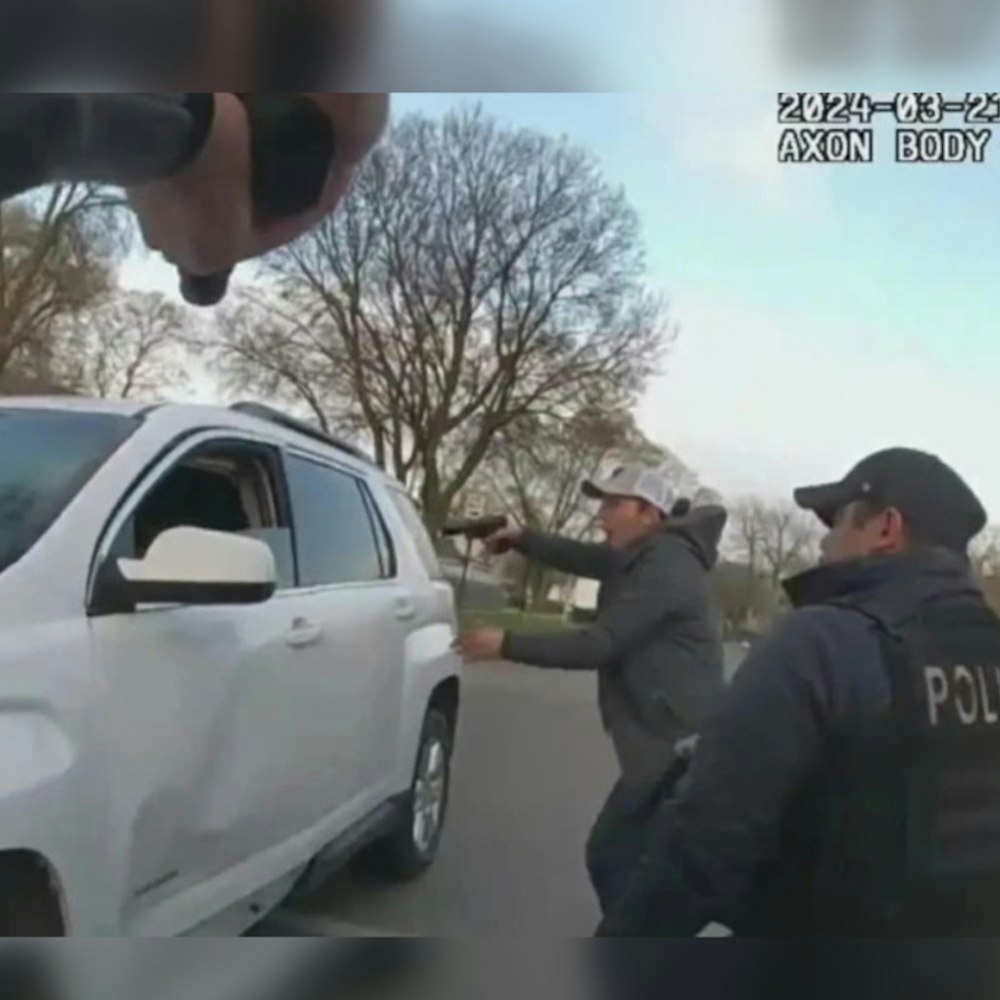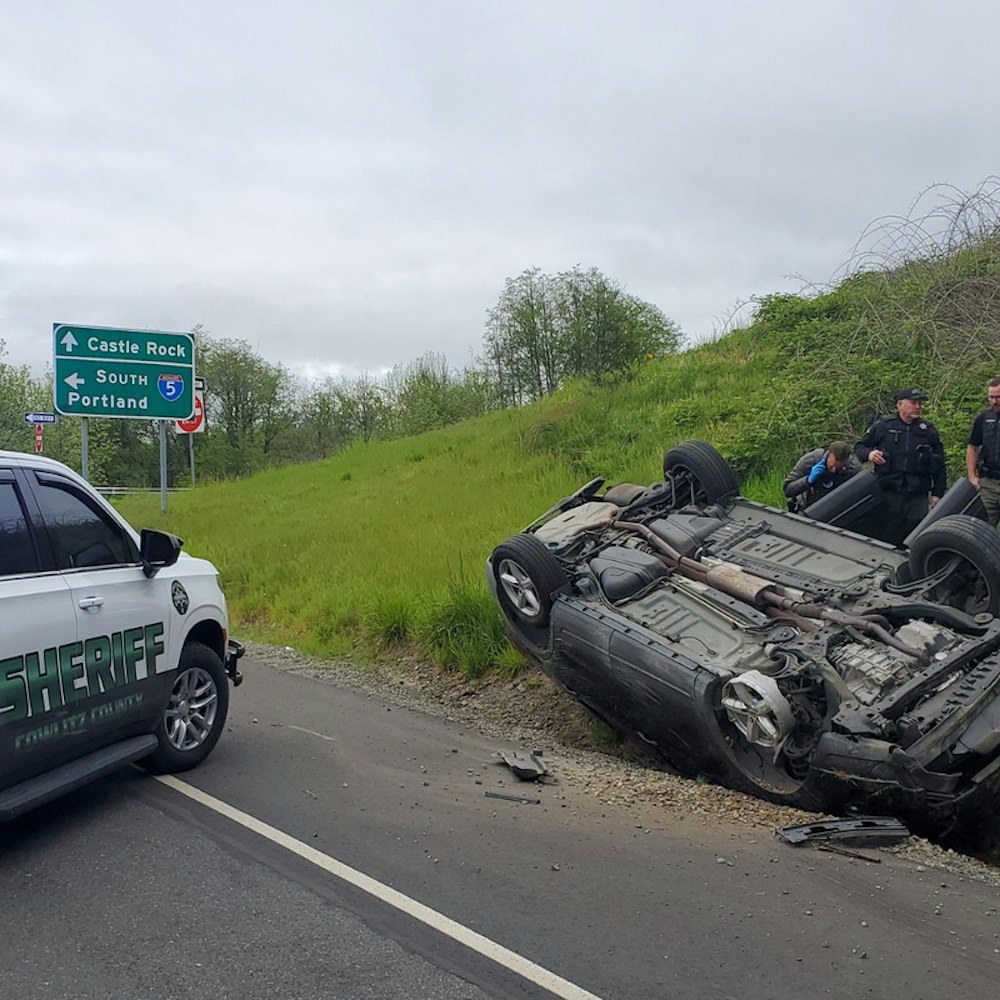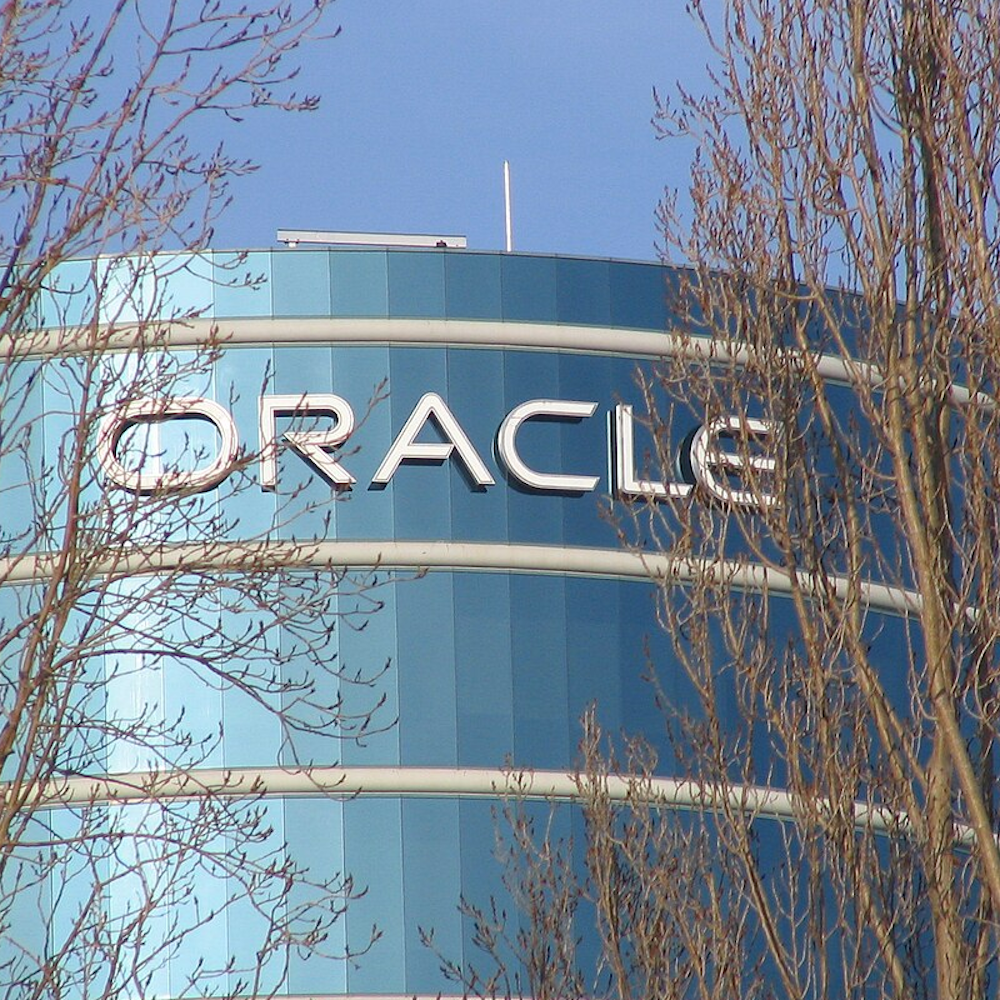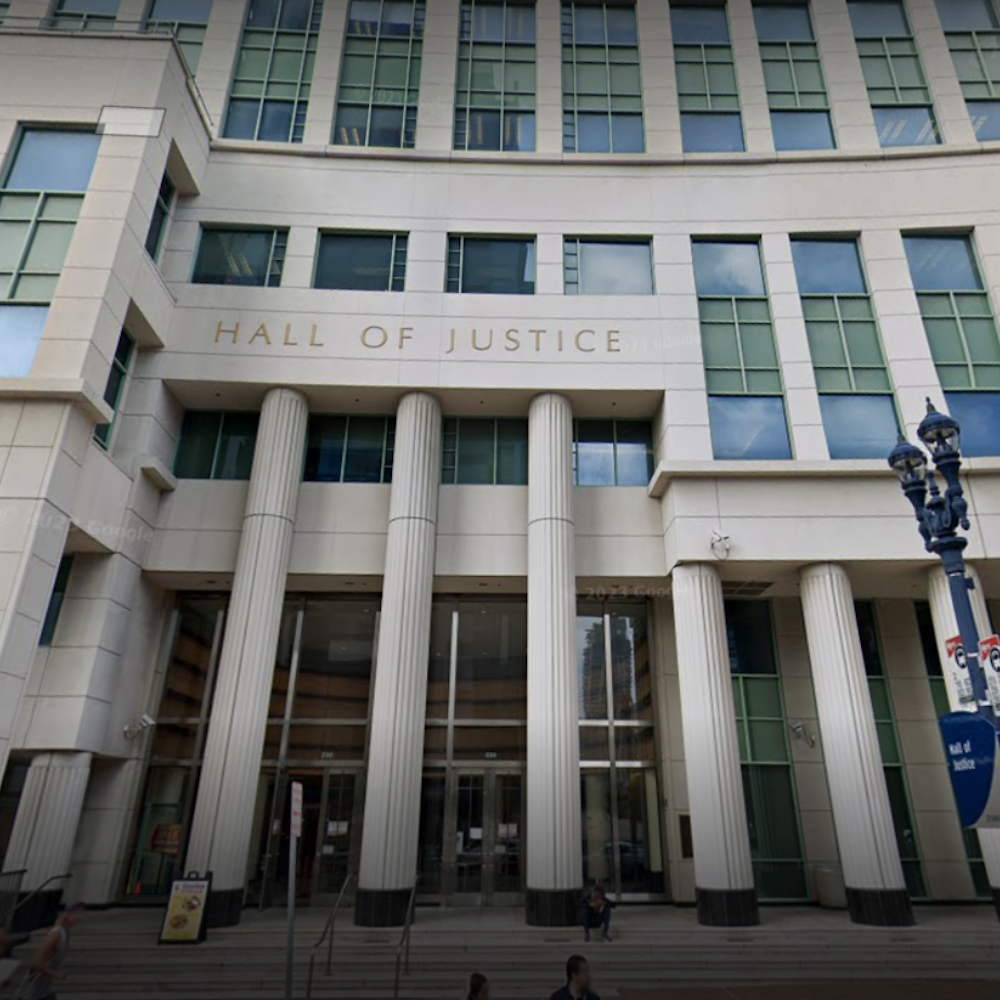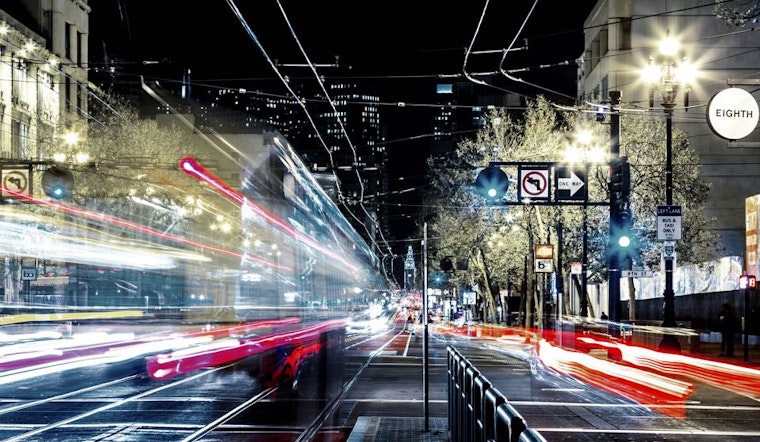
Pedestrians, cyclists and anyone else who's ever struggled to navigate the traffic restrictions implemented on Market Street late last year may be pleased to hear the results of a new study released today by transportation startup Zendrive. The study finds that the new restrictions are helping to reduce traffic and improve pedestrian safety along not just Market Street, but neighboring Mission Street as well.
As part of the Safer Market Street plan—approved last August and enacted last November—private vehicles (including ride-share vehicles, to the dismay of Uber) are now restricted from turning onto Market Street from Third through Eighth streets. However, buses, commercial vehicles, taxis and cyclists are exempt.
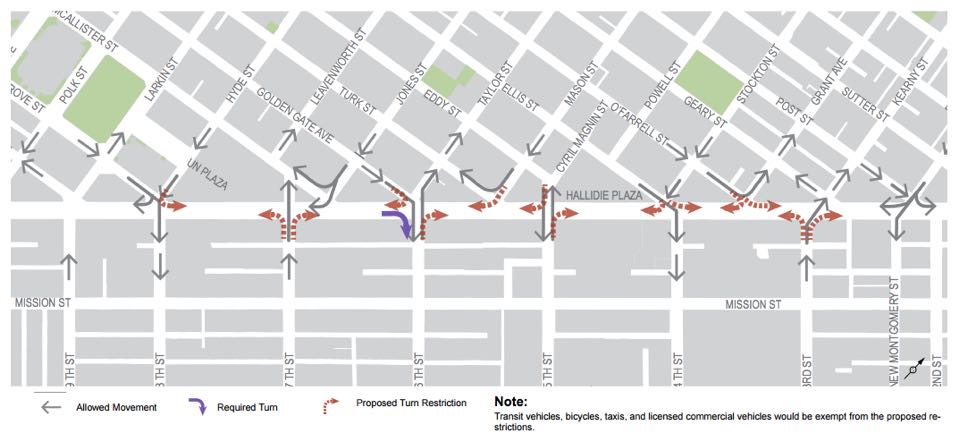
SF's Vision Zero initative, which aims to end traffic fatalities by 2024, found that Market Street was home to four of the city's top 20 intersections for "pedestrian injury collisions" (Fourth, Fifth, Sixth and Seventh streets). The goal of the Safer Market Street plan was to increase safety by decreasing traffic on Market by 30-50 percent.
After looking at its data, collected over 100,000 trips by 2,000 drivers from August 2015 to February 2016, Zendrive found that traffic volume on Market from Third through Eighth has dropped by 22 percent.
Based in San Francisco, Zendrive uses smartphone sensors to help companies with fleets of trucks and cars track, measure and improve the behavior of their drivers. According to the Chronicle, its customers include taxi companies, rideshare companies and a roadside assistance app.
While 22 percent is slightly below the department's stated 30 to 50 percent goal, Zendrive also found that pedestrian safety seemed to increase immediately within the plan area. After the turn restrictions' first month in place, Zendrive's data found a 39 percent reduction in speeding and a 15 percent reduction in hard braking—two "risky driving behaviors" the company tracks. After six months, those reductions were even sharper: a 72 percent decrease in speeding and a 37 percent decrease in hard braking.
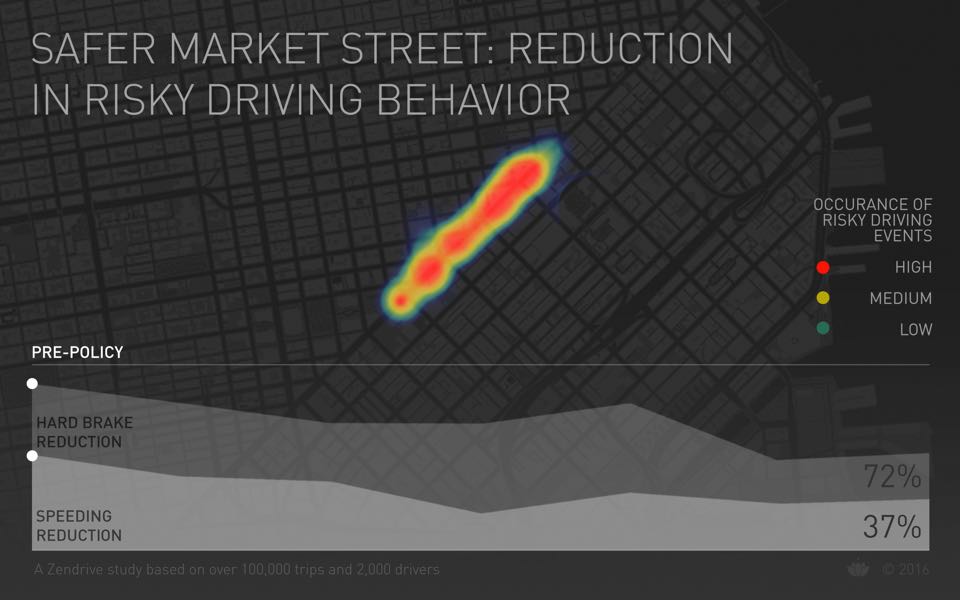

Zendrive also says the benefits have extended beyond Market Street, with a "positive ripple effect" on Mission, the next street over. The results: a 56 percent reduction in speeding and 47 percent reduction in hard braking on Mission Street.
While the study did not analyze collision data, Zendrive said in a blog post that a "decrease in hard braking and speeding is a leading indicator of reduced collision risk along the corridor. We hypothesize that simplified intersections result in smoother traffic flow. This helps drivers focus more on the road, signage like speed limits, and cyclists and pedestrians around them."
As for the positive impact on Mission Street, the company said it was expected that drivers would continue "improved" behaviors on surrounding streets. However, they noted it could also be the result of increased expectations of enforcement in the area.
More details on the study are available on Zendrive's blog; the full report is available for download here.
The Chronicle also reports that the SFMTA will be releasing its own analysis of the project by the end of 2016, including additional data on topics like how often vehicles broke the law and the impact on public transportation along the Market corridor.




